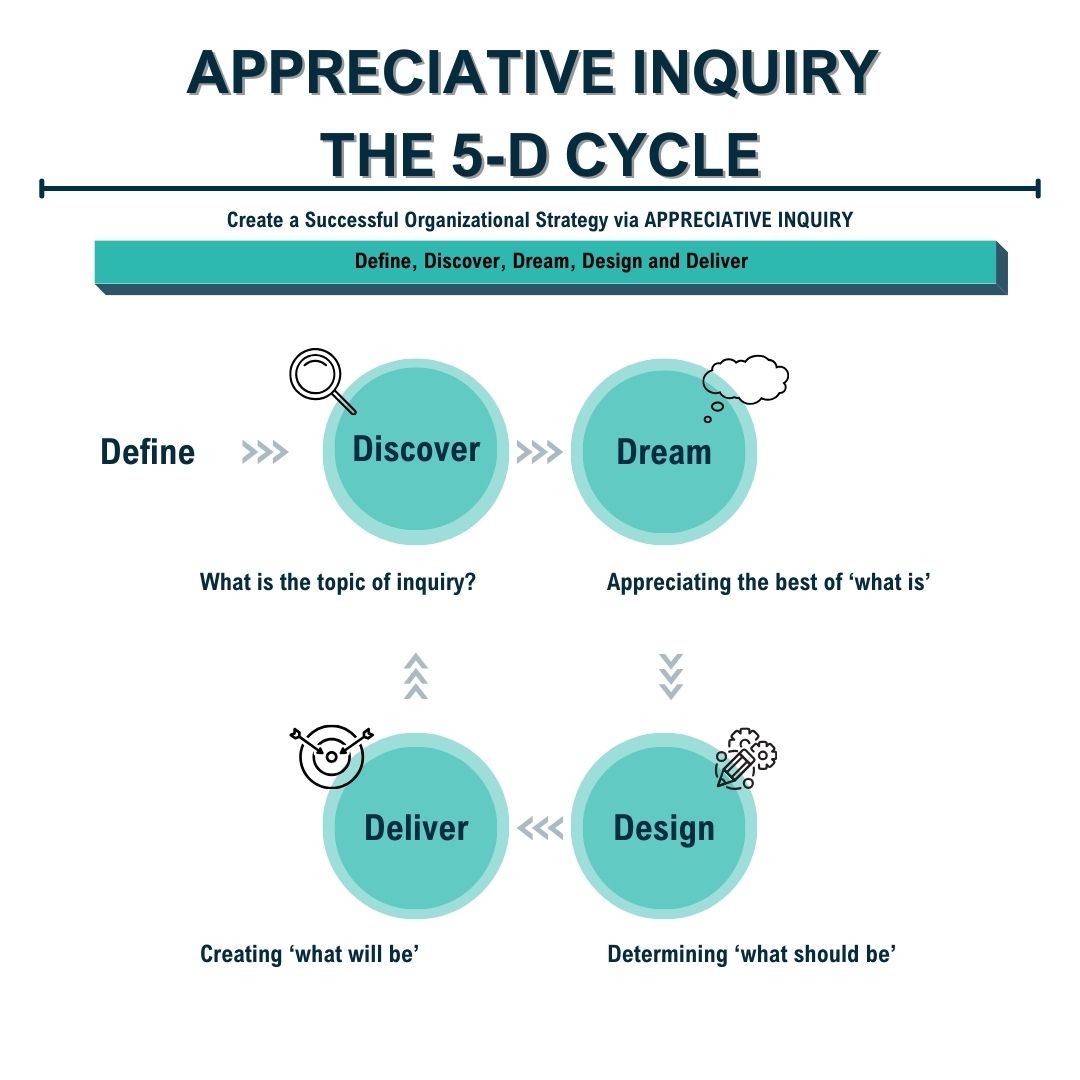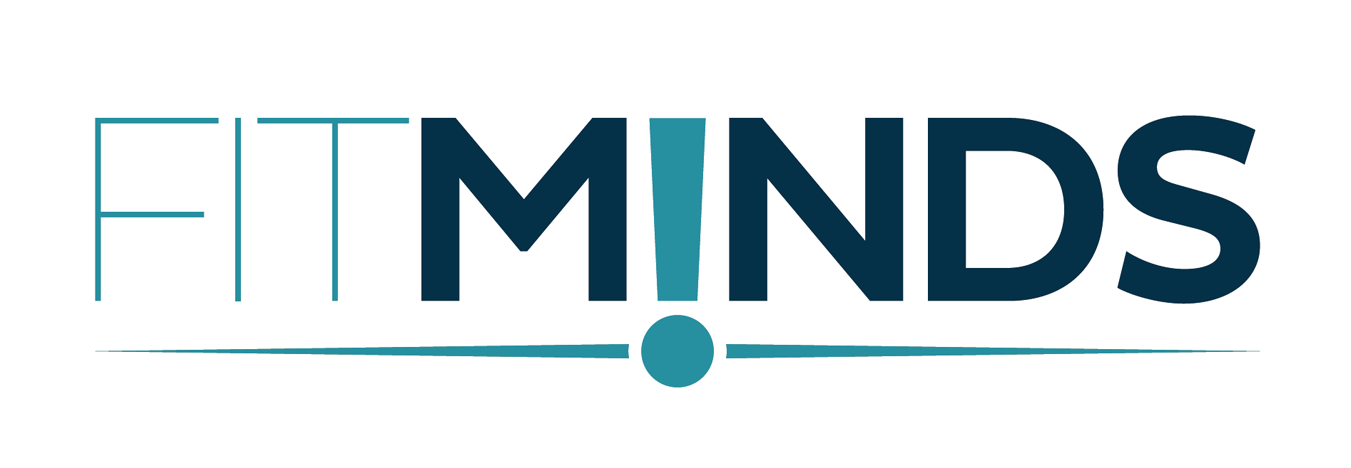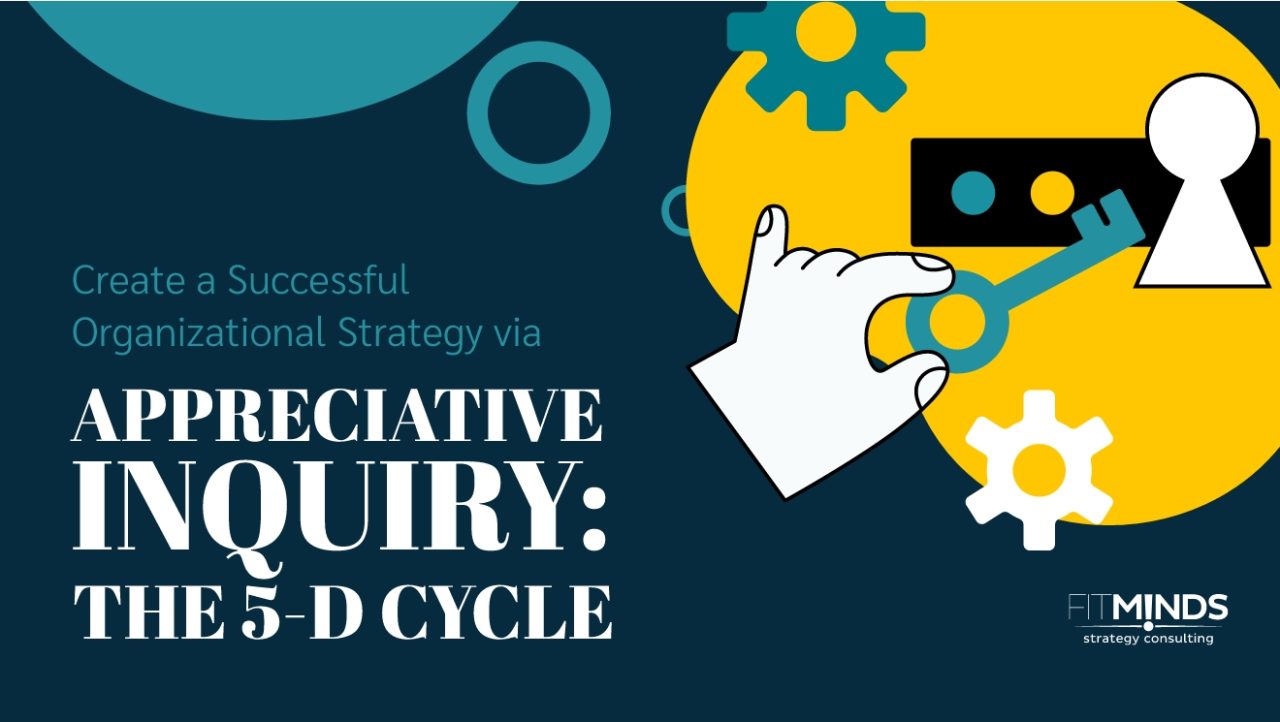Appreciative Inquiry is an organizational development and change management approach that focuses on identifying the positive aspects of an organization or system rather than its weaknesses or problems. It was developed by David Cooperrider and Suresh Srivastva in the 1980s at Case Western Reserve University in the United States. Initially used in organizational development and change management, it has found application in a wide variety of fields.
Main Benefits of Appreciative Inquiry: The 5-D Cycle
The Appreciative Inquiry model enables companies to achieve their goals and enhance business operations by delving into the strengths they already possess.
Appreciative Inquiry: The 5-D Cycle helps:
- to define projects’ purpose, content, and what needs to be achieved,
- to enhance collaboration and communication among stakeholders,
- to improve business operations by focusing on innovative solutions and possibilities,
- to shape a shared vision for the future.
Explanation of Appreciative Inquiry: The 5-D Cycle
The 5D model presents a roadmap for change in five distinct stages. Initially, it focuses on identifying ‘what works,’ leveraging the organization’s knowledge, best practices, and successes. Then, it fosters collaboration to devise and execute improvement strategies.
Here are the components of 5-D Cycle:
Define: During the Definition phase, the project’s purpose, content, and objectives are clarified. Defining the engagement process’s central question or topic helps organizations understand what’s already working in a community, organization, or team.
Discover: In the second stage of the Appreciative Inquiry process, participants engage in a dialogue designed to uncover the reasons behind positive experiences within the organization. They focus on understanding what is already working.
Dream: In the dream stage of Appreciative Inquiry, stakeholders are invited to envision an ideal future for the organization, drawing upon the insights and positive aspects identified during the discovery phase. This stage encourages creativity and imagination, prompting participants to think beyond current constraints and visualize possibilities for growth, innovation, and improvement.
Design: In the design stage, stakeholders collaborate to craft strategies, initiatives, and actions that align with the envisioned ideal future. Building upon the insights generated in the dream stage, this phase involves detailed planning and prioritization to translate the desired outcomes into tangible action plans.
Destiny (or deliver): In the final stage, the focus shifts to implementing the plans crafted during the Design phase and taking concrete actions to bring the envisioned future into reality. This stage emphasizes continuous learning, adaptation, and feedback as the organization progresses toward its goals.

By following these five steps, businesses can benefit from using the Appreciative Inquiry framework as a powerful tool for driving positive organizational change, fostering collaboration and innovation, and building a culture of resilience and adaptability.
How to Apply Appreciative Inquiry: The 5-D Cycle
To apply Appreciative Inquiry: The 5-D Cycle to your business, FITMINDS is providing an adoption of the model that fits your company and your company’s needs. By using Appreciative Inquiry: The 5-D Cycle, organizations can achieve their goals and enhance business operations.
Contact us to get more information or discover your probable personalized roadmap for Appreciative Inquiry: The 5-D Cycle
Additional Tips and Readings
- You can read Capability Maturity Model Integration (CMMI) to optimize development processes.
- You can learn more about development processes with the Nadler-Tushman Congruence Model
- You can learn more about organizational strategy models with the Miles and Snow Organizational Strategy Model.
- For a step-by-step strategic planning tool, you can read the ADKAR Model
Contact us to create a successful organizational strategy via Appreciative Inquiry: The 5-D Cycle



13 comments
Pingback: buy androxal using mastercard
Pingback: cheap enclomiphene buy singapore
Pingback: how to buy rifaximin france where to buy
Pingback: ordering xifaxan generic dosage
Pingback: online order staxyn purchase tablets
Pingback: purchase avodart uk cheapest
Pingback: How to get dutasteride perscription
Pingback: buy flexeril cyclobenzaprine generic uae
Pingback: gabapentin cheap cod
Pingback: order fildena usa seller
Pingback: purchase itraconazole buy in london
Pingback: kamagra bez předpisu kanadských předpisů kamagra
Pingback: meilleur kamagra vente par correspondance
Comments are closed.